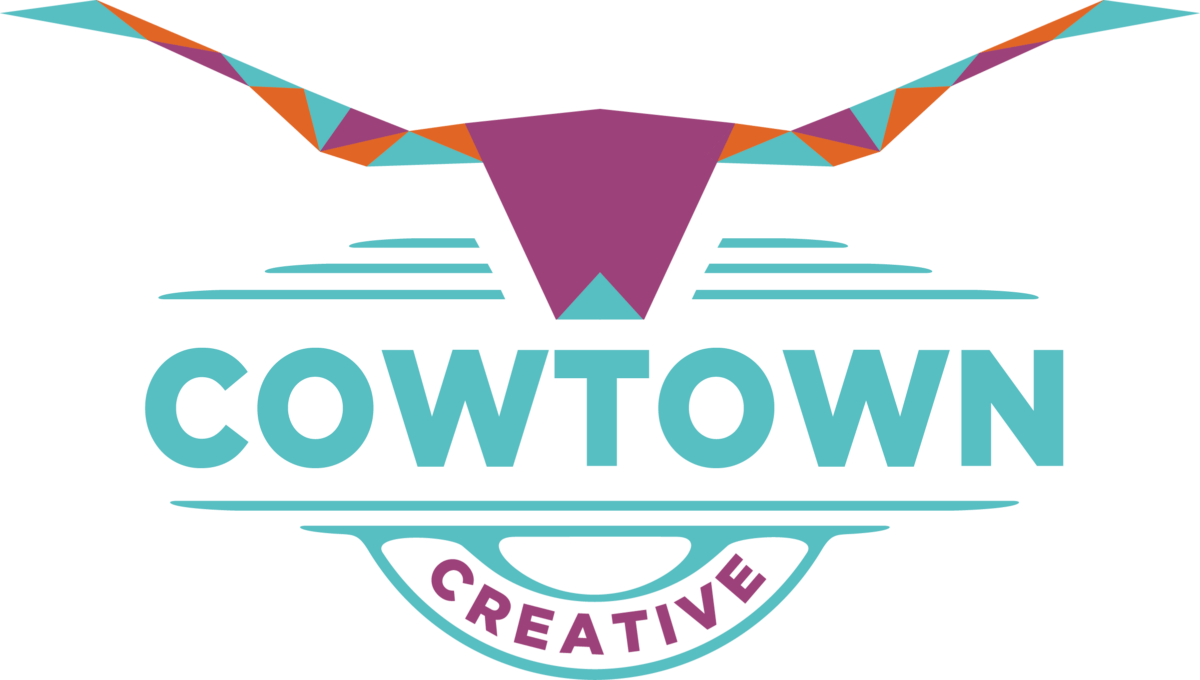Building a WordPress website requires a bit of work and some crucial decisions when getting started, but the rewards are worth the effort. A website is “home base” for your business, brand, and customer experience. A great website is easy to navigate, secure, highly functional and customizable to meet your needs. That’s why we love WordPress, and it’s why we created this step-by-step overview of how to create a WordPress website with some useful resources for anyone who wants to learn more.
Here’s a step-by-step guide to building your WordPress website
Step 1: Determine your purpose and goals
A website is where your brand can really shine, so it’s imperative that you understand how your customers will interact with the website so that you can influence behavior within a larger marketing strategy. Before you choose your domain name or select a theme, create a sitemap that outlines what website pages you think you’ll need and the functions or user interface options those pages should provide.
Step 2: Choose your domain name
The domain name for a website features prominently in lead-generation tactics, on business cards and in email signatures, and in search engines. We like this guide from WPBeginner that offers 14 tips on choosing your domain name. The most important thing to remember is to keep it simple, memorable, and on-brand. Your domain name is highly visible and your first opportunity to build your brand with some customers.
Step 3: Choose and set up WordPress hosting
Before you really get started with WordPress, you’ll need to decide where your website, client data, and backups will “live.” Choosing a hosting provider for a WordPress site is easy if you base your search on these three requirements:
- Site performance and speed
- Maintenance, backup, and security services (SSL certificates)
- Support availability
We only recommend and build sites on WP Engine because the service checks these three boxes and is a preferred WordPress hosting provider. Plus, it’s easy to use, even when transitioning a site from a different host. You do have the option of having a WordPress-hosted site, but they’re pricey for the level of service, security, and benefits you receive.
Step 4: Choose the right theme
Once you have installed WordPress in your hosting provider account, you will see a WordPress dashboard where you can set up your domain name and create your site’s dashboard. You will then need to choose a theme. This step requires a bit of research. Free themes are great, but if you anticipate ever needing support or security for information on your site, you will want to pay for a premium theme that meets your functionality needs and has recent updates and good reviews.
Try Themeforest for the best-rated options, but make sure you’re only viewing WordPress-compatible themes.
Step 5: Customize your website
Once you’ve uploaded your theme to your site’s WordPress dashboard, it’s time to customize! Main theme elements and widgets feature customizable fonts, images, logos and colors to match your brand. (Here are a few excellent examples of sites customized with elements that really make their brand pop.) From there, most website designers choose plugins that add specific elements or functionality to make the site unique and perfectly suited to your needs. Check out this WordPress guide to getting started and the community forums if you have questions as you build your site.
Remember to optimize for search with ongoing SEO, and check in on your website regularly to make sure it’s still serving up all the functionality your customers need.
Building a website can be a big project, but if you have the time and can tackle it, it can also be rewarding to learn the ins and outs of WordPress. If you don’t have the time to build your own site, Cowtown Creative builds custom WordPress sites hosted by WP Engine that are easy to update and maintain. Contact us today to learn more about custom WordPress website development, and give your brand the “home” it needs to really make an impact with your customers.


